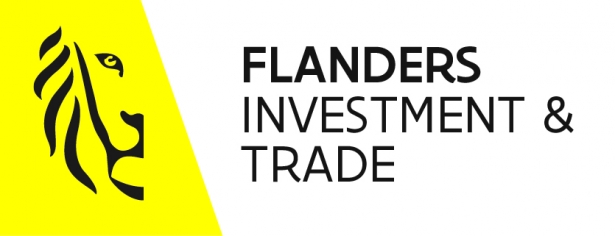THE MAASVLAKTE
SOUND MEASUREMENT NETWORK
Noise, mostly of low-frequency nature, generated by sources within this area, is often a cause of annoyance for residents of the nearby city of Oostvoorne, located 3km to the south of the area. In order not to impede potential future expansion of the Rotterdam harbour, it is important that the sources and mechanisms of this problem are known.
Hard to localize
Noise of a low-frequency nature as a cause of annoyance
Noise generated by industrial sources is often a cause of annoyance for people living in the surroundings of industrial areas, even when all individual plants adhere to regulations and possess all mandatory environmental permits. The variety of industrial noise sources is wide and the noise generated can be complex, making noise monitoring of large industrial areas not trivial. Low-frequency noise sources in particular are hard to localize using conventional sound measurement equipment, and may give rise to noise annoyance complaints at great distance from the source. This is also the case for the Maasvlakte, a part of the port of Rotterdam. Noise, mostly of low-frequency nature, generated by sources within this area, is often a cause of annoyance for residents of the nearby city of Oostvoorne, located 3km to the south of the area. In order not to impede potential future expansion of the Rotterdam harbour, it is important that the sources and mechanisms of this problem are known.
ASAsense on a mission to decode the secrets of tranquility within the city's parks
The Maasvlakte sound measurement network (“Geluidmeetnet Maasvlakte”) was commissioned by DCMR with the goal to map the (low-frequency) noise sources over the Maasvlakte area, over the period of one year. In combination with data from local residents, this would allow DCMR to pinpoint those particular sources of noise that give rise to noise complaints. Together with its partners Ghent University, TNO and AFM, ASAsense developed a hybrid monitoring/modelling solution for this challenge. The solution consisted of a combination of several components:
- 4 robust microphone arrays each 50m wide and containing 40 curvilinearly and non-equidistantly spaced microphones, placed at strategically selected locations along the border of the area;
- 14 sound level meters distributed over the Maasvlakte area and within the city of Oostvoorne;
- 4 meteo towers each 10m high, placed at strategic locations, that continuously measure air pressure, temperature, humidity and wind speed as several heights;
- a local network connecting all equipment to the fiber internet backbone of the harbor, with 4G fallback;
- server-side software that, through sound propagation modelling and triangulation, allows to continuously locate the dominant sources of noise over this area, and to give an estimate of the power of these sources;
- an online interface that allowed the client to visualize noise emission maps for arbitrary selected timeframes.
Publications:
More technical details about this solution can be found in the references below. Feel free to contact us for inquiries.
- B. De Coensel, D. Botteldooren, T. Van Renterghem, L. Dekoninck, V. Spruytte, A. Makovec, P. Wessels, F. van der Eerden and T. Basten. Robust microphone array beamforming for long-term monitoring of industrial areas. In Proceedings of ICA, Buenos Aires, Argentina (2016).
- D. Botteldooren, T. Van Renterghem, B. De Coensel, L. Dekoninck, V. Spruytte, A. Makovec, F. van der Eerden, P. Wessels and T. Basten. Fusion of multiple microphone array data for localizing sound sources in an industrial area. In Proceedings of Internoise, Hamburg, Germany (2016).
- F. van der Eerden, P. Wessels, A. Segers, T. Basten, B. De Coensel, D. Botteldooren, T. Van Renterghem, L. Dekoninck, V. Spruytte and A. Makovec. Time varying sound propagation for a large industrial area. In Proceedings of Internoise, Hamburg, Germany (2016).
- P. Wessels, F. van der Eerden, T. Basten, B. De Coensel, D. Botteldooren, T. Van Renterghem, L. Dekoninck, V. Spruytte and A. Makovec. Removing local sound disturbances from industrial noise monitoring at long distance. In Proceedings of ICA, Buenos Aires, Argentina (2016).
Press coverage:
The Maasvlakte project received some press coverage, links can be found below (all in Dutch):
- Website of DCMR: http://www.dcmr.nl/nieuws/nieuwsberichten/2015/07/overeenkomst-geluidmeetnet-maasvlakte-ondertekend.html
- City of Westvoorne: http://www.westvoorne.nl/portal/nieuws_42099/item/realisatie-geluidmeetnet-maasvlakte-en-europoort-een-feit_63673.html
- Geluidnieuws.nl: http://www.geluidnieuws.nl/n/maas.html, http://www.geluidnieuws.nl/n/net.html
- Maritiemnieuws.nl: http://maritiemnieuws.nl/70208/geluidmeetnet-maasvlakte-van-start/



